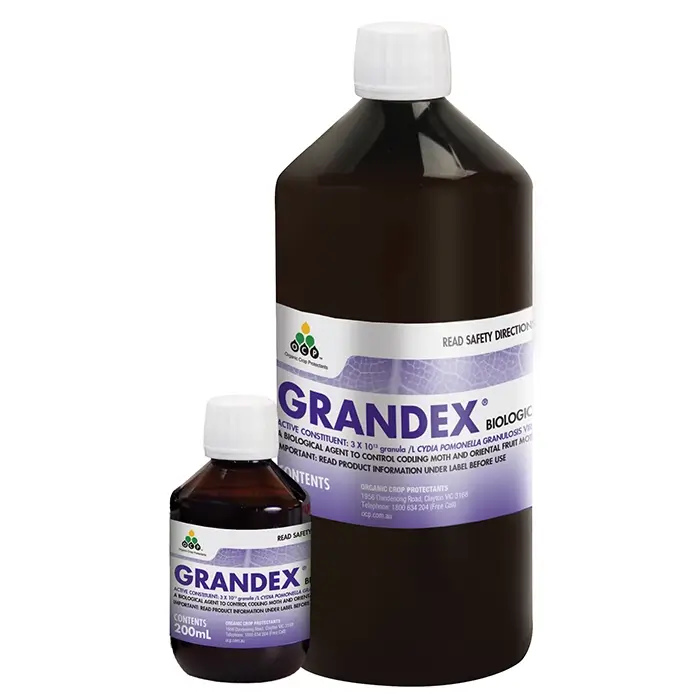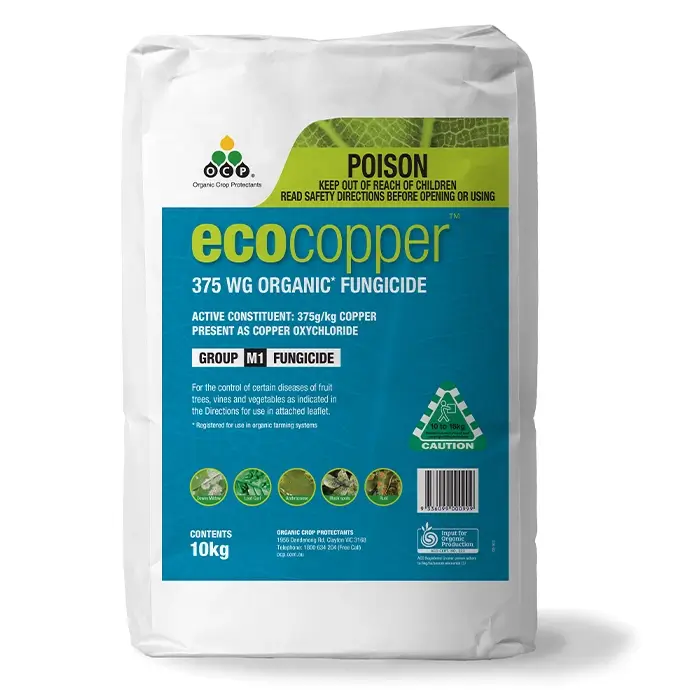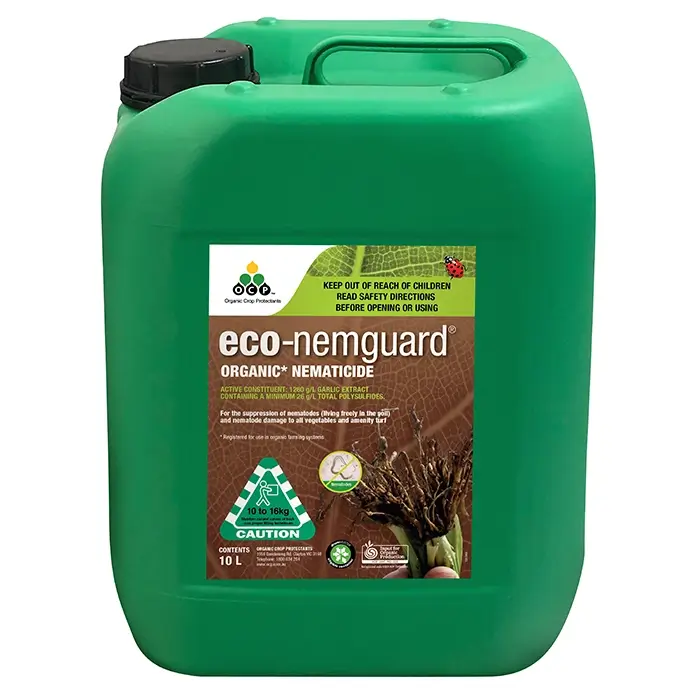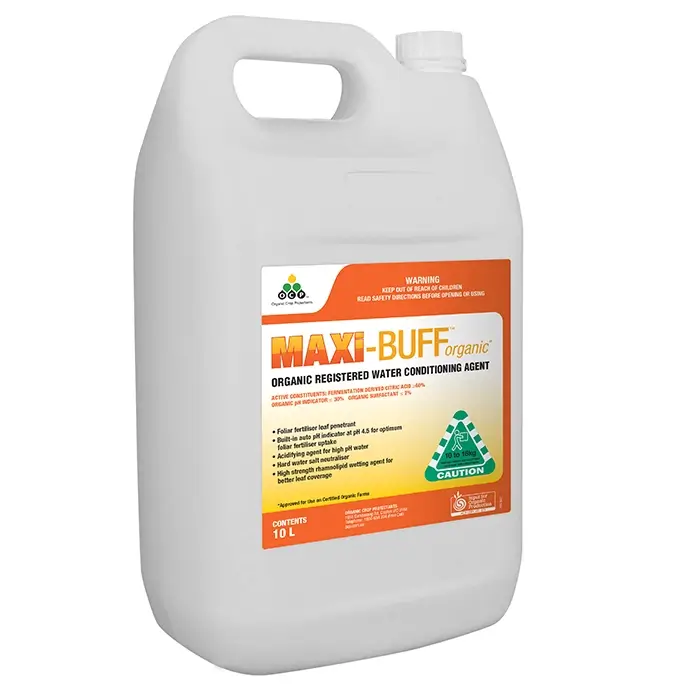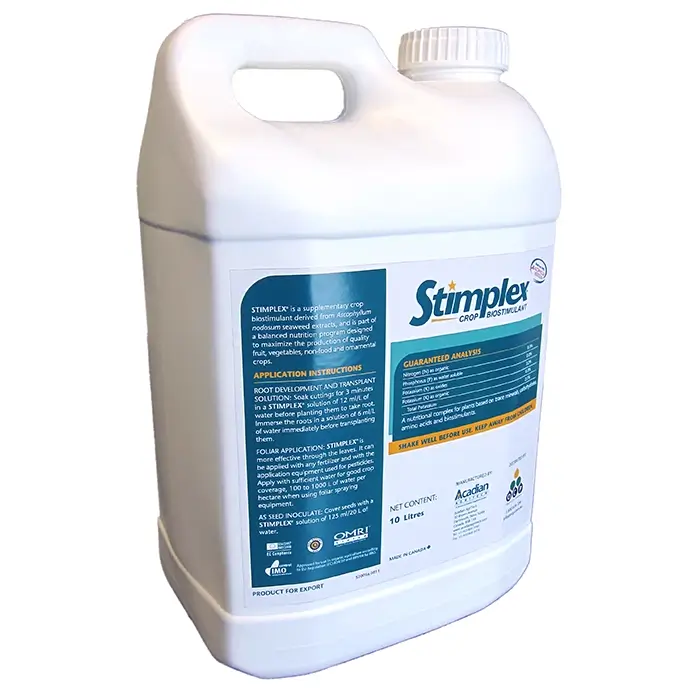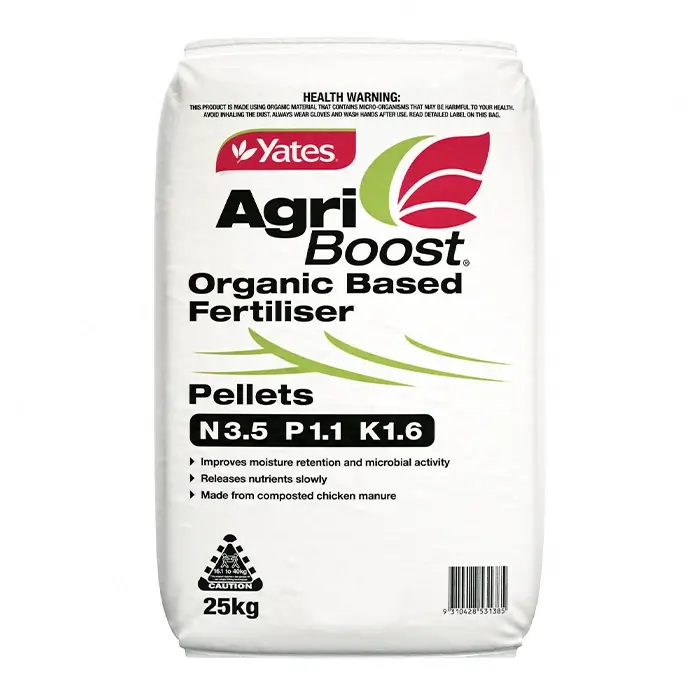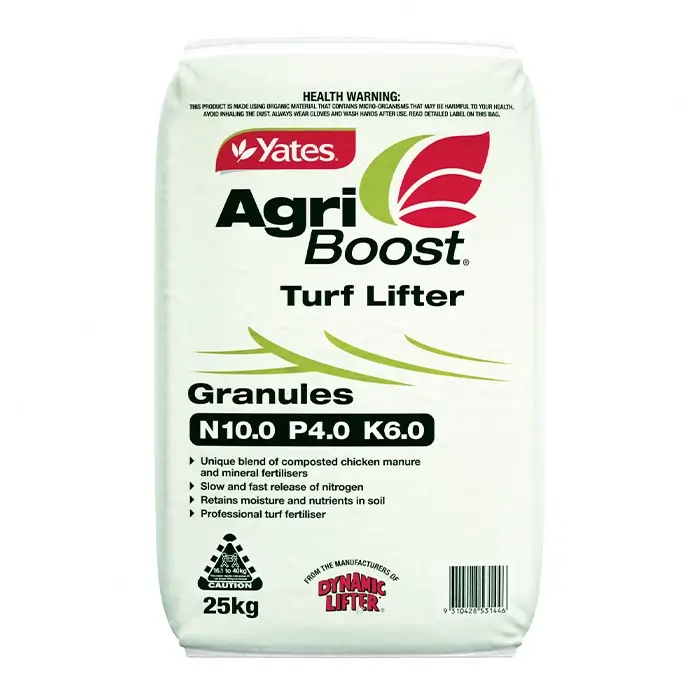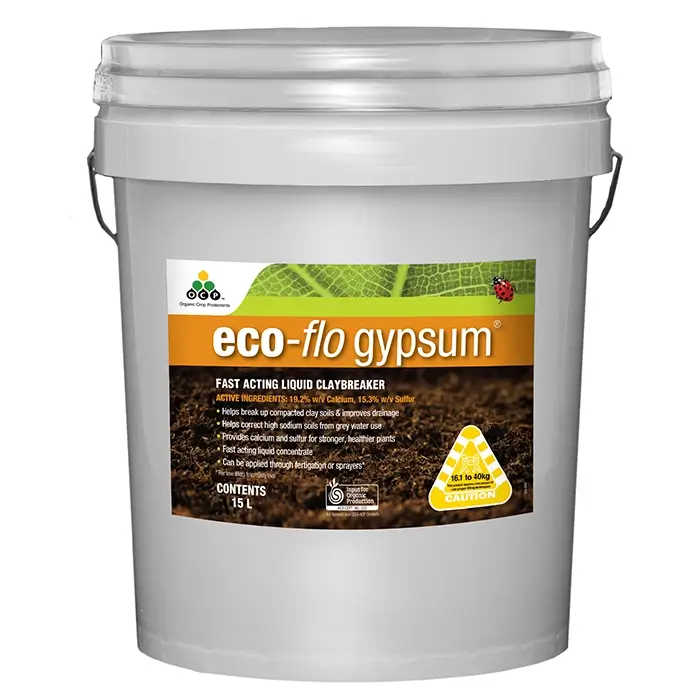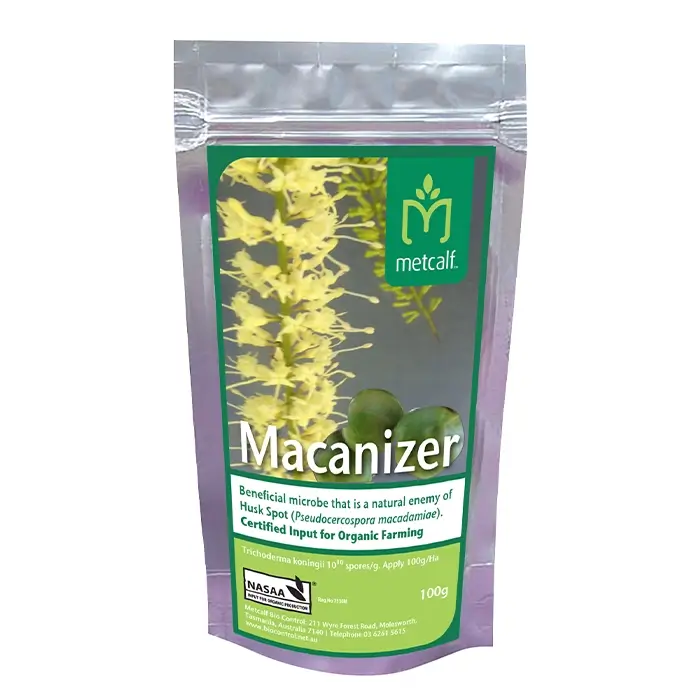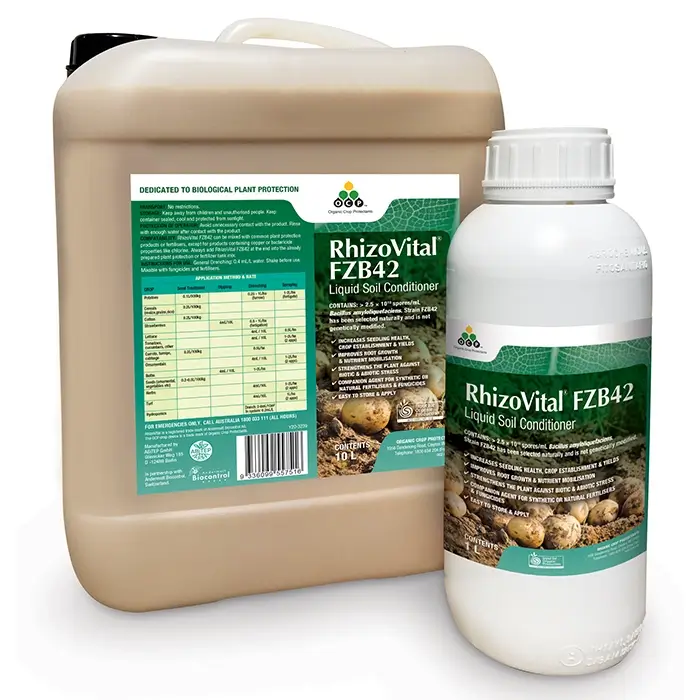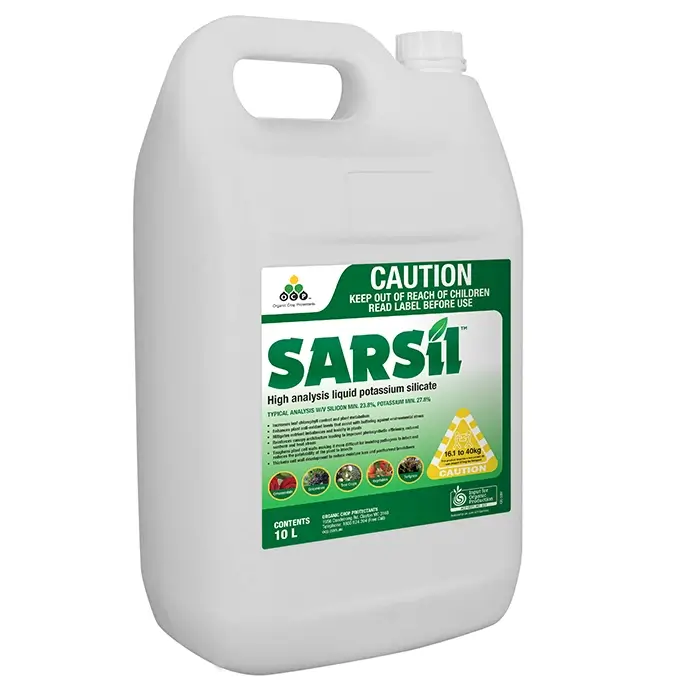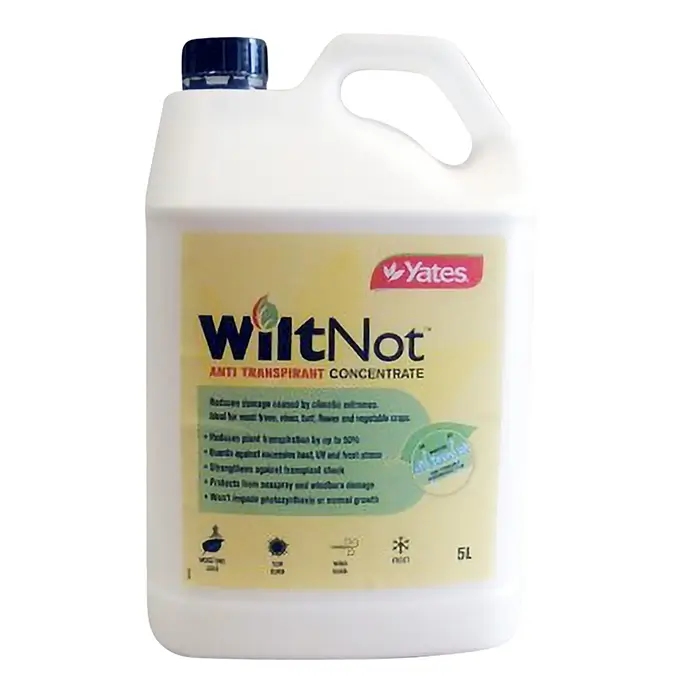
Can’t find a reseller close to you or a particular product? Order online direct from OCP.
Purchase Direct From OCPCarob Moth LureN/A SKU:55581 | -- |
We do not stock this product.Please find your nearest reseller to get the best price, purchase and pick-up your product. | |
Carob Moth Lure
Carob moth lure is a pheromone-based attractant lure for carob moth (Ectomyelois ceratoniae). Combine the carob moth lure with a plastic delta trap, or DTN Smart trap, to monitor carob moth populations.
Target Crop
Carob moth is a major pest of almond crops but also attacks other nut crops including pistachios and macadamias as well apples, figs, pomegranates, stone fruit and carob. The carob moth lure is designed for use anywhere carob moth may be present.
- Effectively monitors the presence of carob moth (Ectomyelois ceratoniae) in a crop
- Provides accurate pest pressure data to determine the most cost-effective and productive control solution
- Saves input costs by reducing the risk of overspraying
- Helps reduce human and environmental exposure to pesticides
- Reduces the possibility of pesticide resistance by limiting their excessive use
Carob moth lure consists of a rubber plug impregnated with a specific pheromone that attracts male carob moths. When combined with a trap the pheromone will attract and catch carob moths enabling accurate crop monitoring.
Place the lure on top of the adhesive panel inside the trap. Only one carob moth lure is needed per trap. Then attach the trap securely within the crop, about 2m above the ground or where the pest usually resides.
Check the trap regularly for carob moths. Replace the sticky surface of the trap every 2 weeks or when dirty or saturated with insects. Replace the carob moth lure with a new lure at least every 6-8 weeks. When handling the lure, wear disposable gloves and avoid contaminating the outside of the trap with the pheromone. Discard old lures and all material that was in contact with the lures from the field. This includes the carob moth lure packaging and disposable gloves.
Application Rate
Insert 1 carob moth lure per trap. Use at least 2 traps/ha and at least 2 traps per location. The number of traps/ha can be reduced when monitoring large cropping blocks.
Monitoring for carob moth should typically start in late September or early October and continue until late January or early February.
For best results, consult a qualified pest control advisor or your distributor for specific instructions regarding the application rate and timing for carob moth lure application, as these will vary depending on pest population, crop, and field conditions.
Suitable for use in any crop vulnerable to carob moth.
Wear disposable gloves while handling and applying carob moth lures.
Store unused carob moth lures sealed in the original container. Store in a cool, dry place, away from heat and out of direct sunlight. For optimal shelf life, keep refrigerated or in the freezer.








